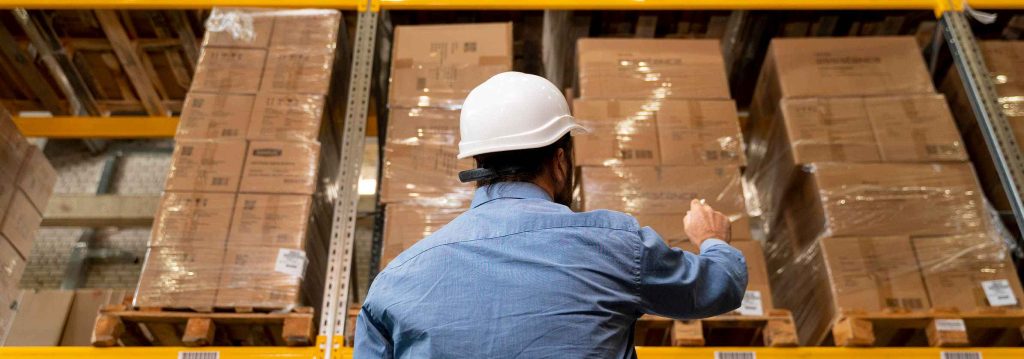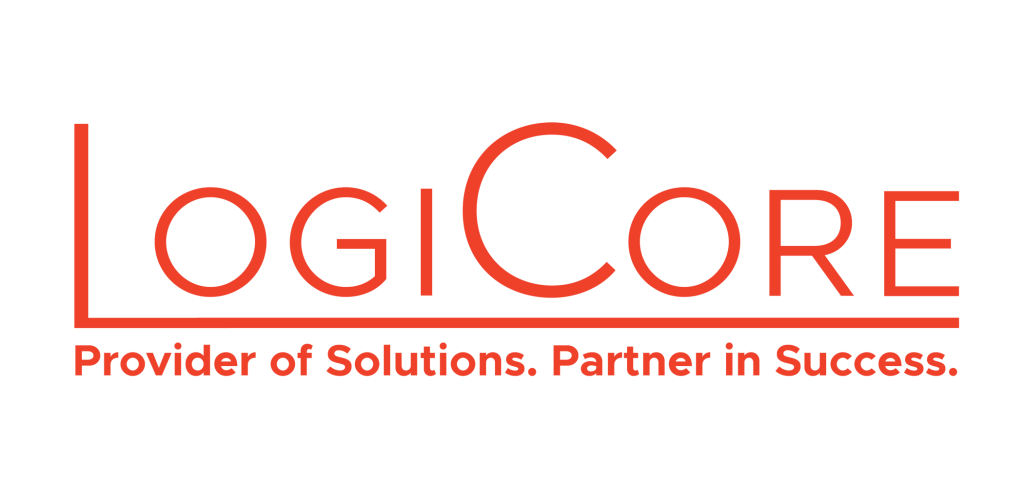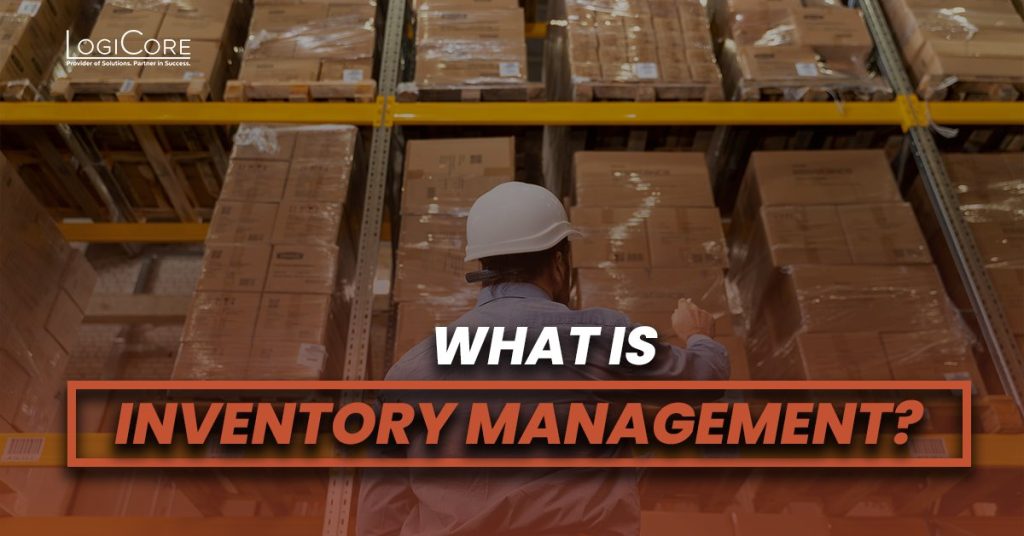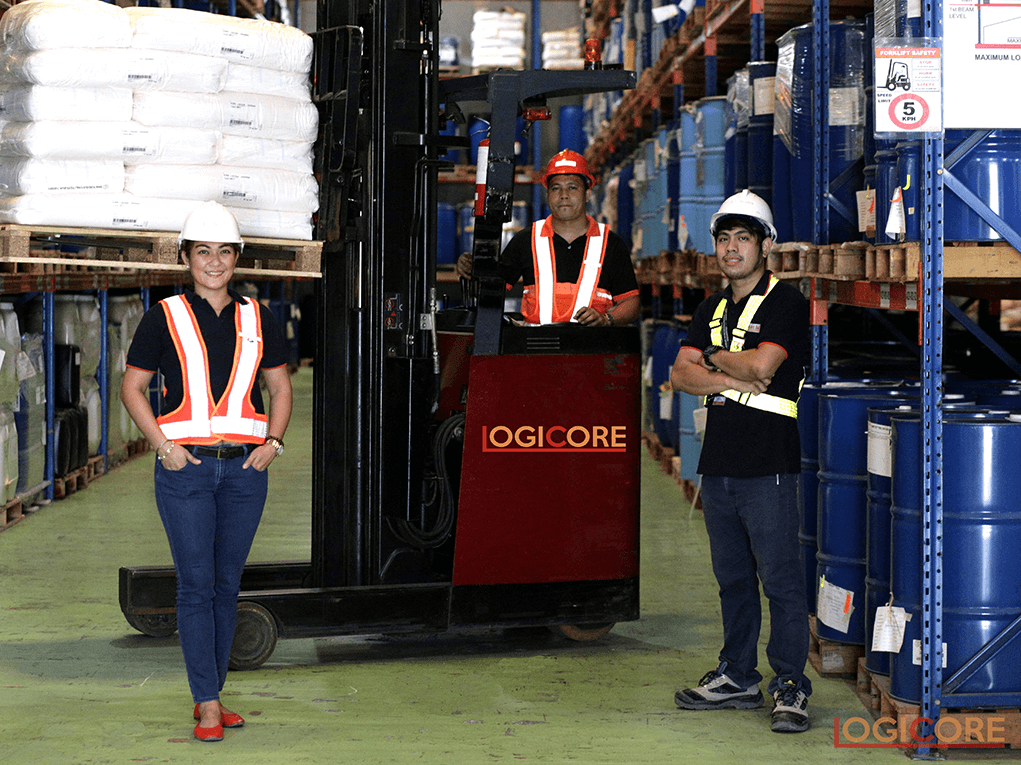Picture your most favorite retailer. Imagine, one day you walk up to your favorite store. You may have a boutique, a large enterprise, or a small business in mind. Stop yourself and ask this, do they always have the product/s that you want? Both online and offline? If the answer is yes, then chances are that they have a good hold on their inventory management to the point that they never miss with their stocks.
Inventory management is a crucial step to keeping your supply chain management efforts at bay. It is a chain of processes that involves tracking stock levels, the movement of goods, to fulfilling orders and finished products. If you want to know what is inventory management in greater detail, continue reading the blog below.
What is Inventory Management?
As we’ve previously mentioned, managing your inventory is an important step in supply chain management. It involves the processes of ordering, warehousing, and processing raw materials, components, and or finished products. This is the fundamental building block to longevity as it helps cut costs, improve cash flow, and boost profitability for businesses. How so, you may ask?
Well, if your inventory is properly organized, the rest of your supply chain falls into place. If your business does not have a smooth-running inventory, you become exposed to a band of risks. Mistakes such as mis-shipping, out-of-stock instances, spoilage (for perishable items), overstock, and so on are the last things retail businesses would want to be faced with.
Surprisingly, however, 43% of small businesses still don’t track their inventory (or probably don’t have the means to). In the US, data also suggests that supply chain accuracy in the West is only at 63%, meaning that retailers do not have total visibility over their stocks and have yet to make good practices of inventory management.
Inventory Management Process
To be able to fully optimize your supply chain, let’s break down the basic steps required.
Receive and Inspect
Receiving materials and/or components must be done right for the inventory management process to function as efficiently as possible. Inspection of item quantity, product code, and serial code comes next. Temperature is also a factor for perishables during inspection.
Sort and Stock
After receiving and inspecting the products, sorting and storing is the next step to ensuring a streamlined inventory. Here, warehousing slotting techniques come into play. Organizing products based on SKU and types is one way to store items.
Inventory Monitoring
Warehousemen conduct monitoring through either of the two: physical inventory counts or through inventory software or cycle counts. The latter is believed to be more accurate, with minimized chances of error as opposed to physical inventory counting.
Fulfill Package and Ship Order
When customers place their orders, the item is passed to the supplier or automated through a point-of-sale (POS) system. Then, the necessary goods are located through their SKU number, taken from stock, before finally being shipped to the customer.
Reorder Stock
B2B customers expect accurate, reliable, and timely order fulfillment; they rely on their supplier to meet customer demands and keep the shelves stocked. Thus, inventory managers must be quick to restock inventory as needed.
Key Benefits of Inventory Management
Accurate management of your inventory is key to running a successful business. If done right, you’re bound to enjoy a successful product business, free of stock errors and other inventory problems.
The following are the benefits of a streamlined inventory:

1. Inventory Accuracy
Inventory management systems help monitor each product that enters and leaves the company. A solid inventory allows for end-to-end visibility of what’s in stock and what’s on backorder, so you don’t end up either underselling or overselling your products.

2. Cost Savings
Efficient management helps reduce unnecessary stocking of products and helps in saving money spent on storage and warehouse costs. If it takes one company weeks or even months to clear out all the excess stock they have in the warehouse, the extra storage space demands additional costs. So now that you can forecast your stock with inventory management systems, you can prevent overstocking the inventory.

3. Avoiding Stock outs and Excess Stock
Inventory management is crucial for businesses to prevent stock outs—where products are unavailable for sale—and excess stock, which ties up capital and storage space. Inventory management helps avoid overstocking by accurately forecasting demand, setting reorder points based on sales data, employing just-in-time inventory practices, analyzing inventory turnover, managing safety stock effectively, and maintaining strong supplier relationships for timely deliveries. These strategies optimize inventory levels, reduce costs, and enhance operational efficiency
Final Thoughts
A streamlined process is not only a competitive advantage in today’s landscape, but a must for optimal business performance. The tedious process of tracking inventory from the manufacturer to warehouses, then from the warehouse to points-of-sale; it’s important to have efficient inventory management practices because it helps make sure that having too much or too little stock on hand happens to your business only ever so rarely.
Now that we’ve gone over the inventory management process as well as the benefits of inventory management, it’s time to get started!

Streamline your B2B inventory management with Logicore Inc.
Beat the challenges of B2B inventory management . From real-time inventory management and end-to-end traceability, Logicore offers solutions to help you avoid the pitfalls of inaccurate inventory management.
With the right team to manage your inventory for you, you’re well on your way to reaping positive results for your business’s bottom line.
If you wish to see Logicore Inc. in action, just send us a message.





